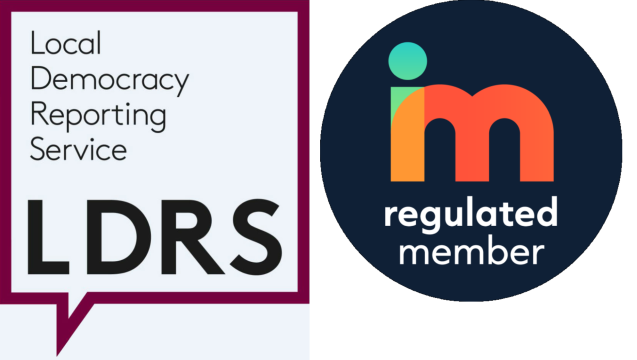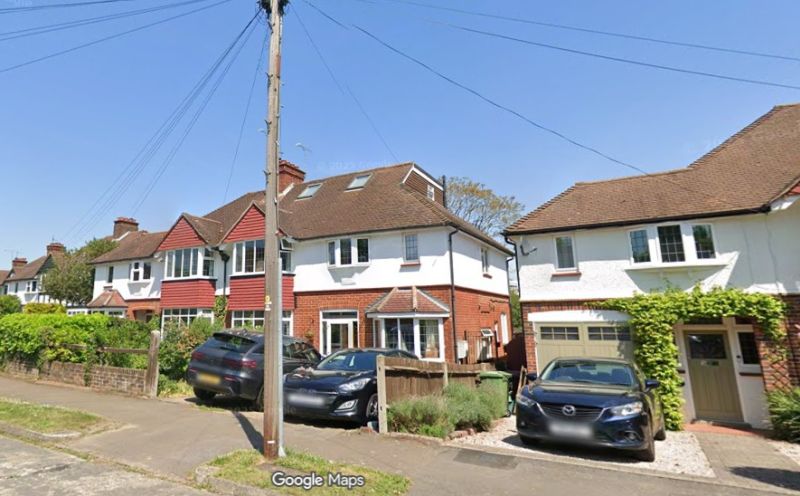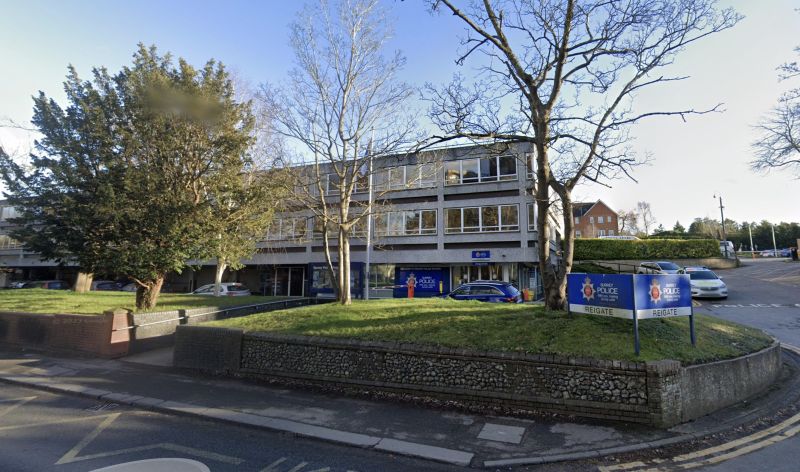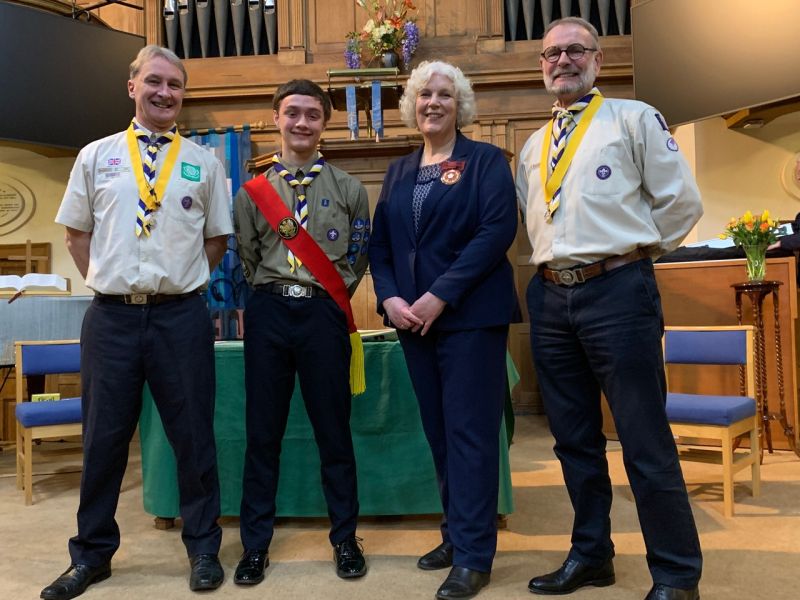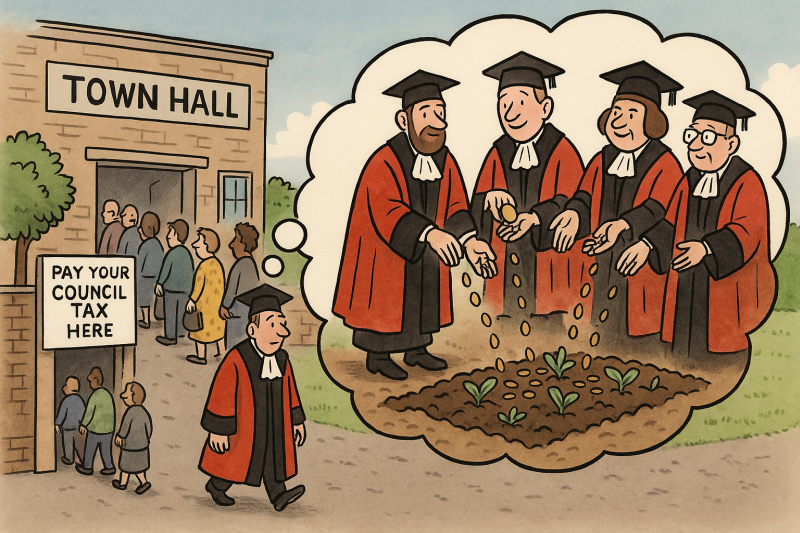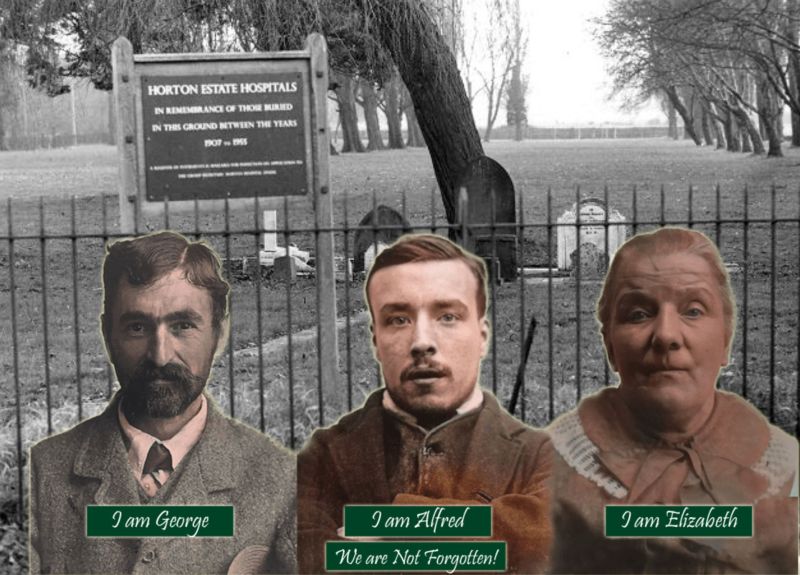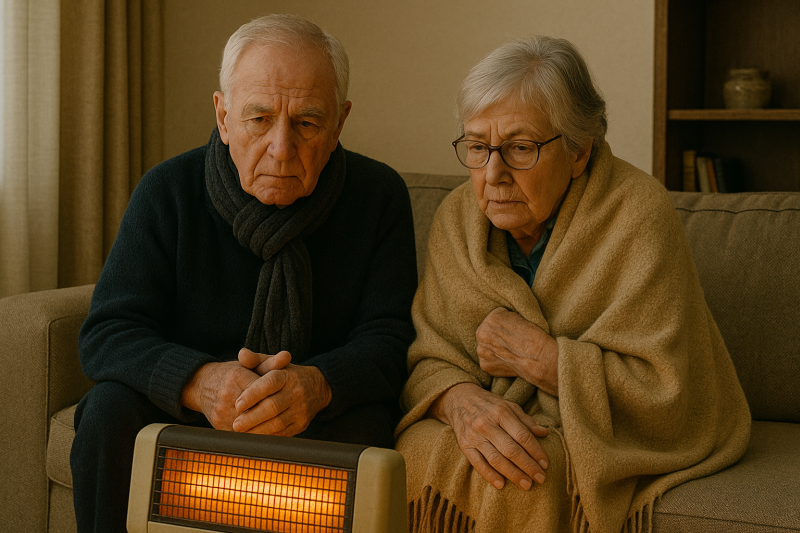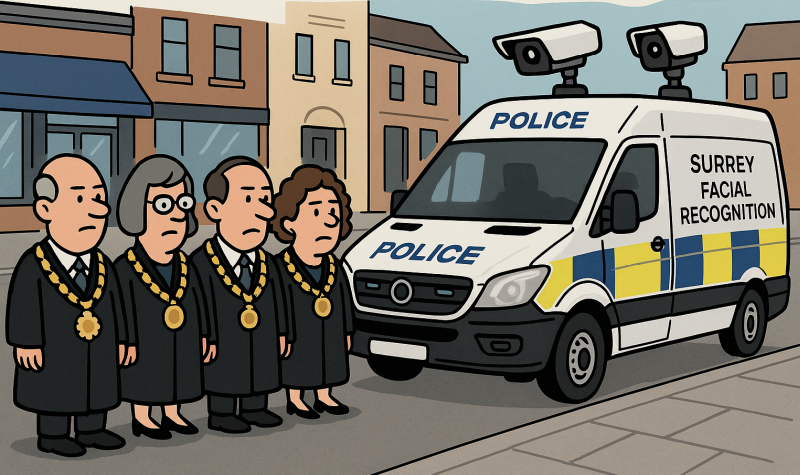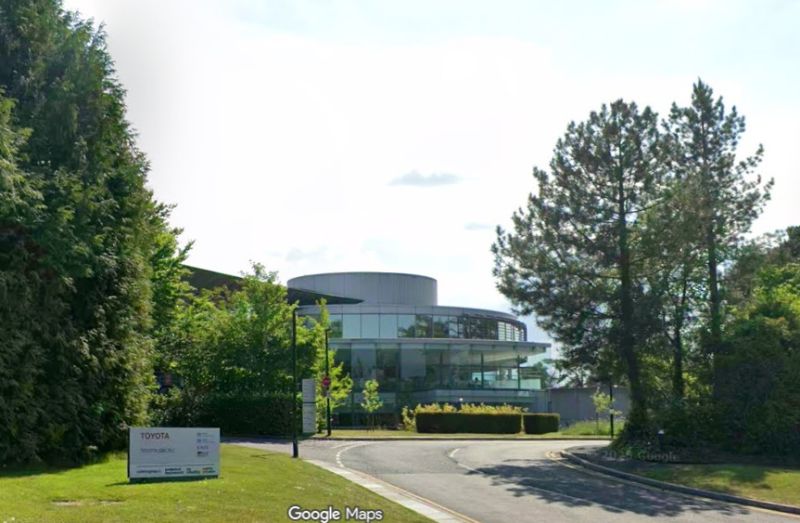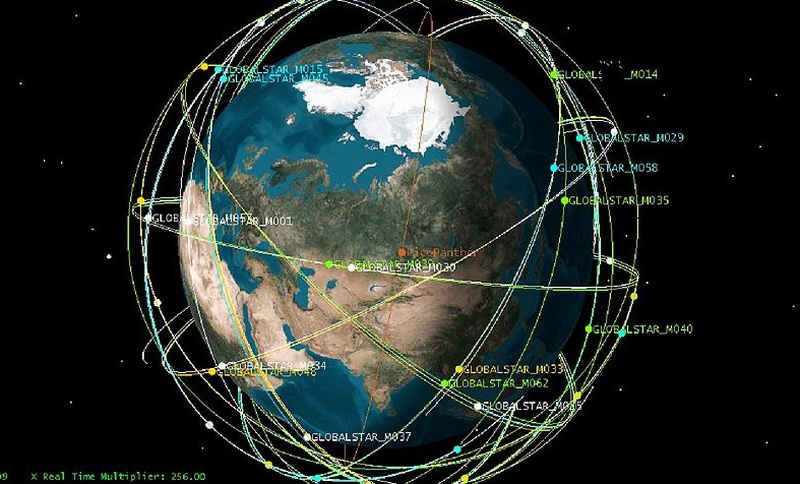Satellite comms. pass Surrey Uni test
A satellite company called Eutelsat OneWeb recently made a big advancement. They successfully connected their low Earth orbit (LEO) satellites to a 5G mobile network for the first time. This achievement is a big step towards bringing super-fast internet to people in remote and rural areas.
They were able to do this with the help of a partnership called the Sunrise Programme, which is supported by the European Space Agency. In a test, researchers from the University of Surrey used these satellites to connect to a 5G network. These satellites are orbiting the Earth and make up the second-largest satellite constellation in the world.
During the test, they checked things like video calls, streaming videos, online gaming, virtual and augmented reality, and web browsing. With the LEO satellites, they were able to provide fast internet with very little delay, or “low latency.” They also made sure that users could smoothly switch between the satellite network and regular mobile networks, providing a seamless 5G experience.
Barry Evans, Professor of Satellite Communications at the 6G/5G Innovation Centre (6G/5GIC) at the University of Surrey, said: “It was thrilling to see no degradation when using the 5G connection made possible by the LEO constellation. This is a step closer to increasing internet access for more people around the world – a privilege that many of us take for granted. The work performed in the 5G pilot tests has demonstrated the feasibility of 5G backhaul over LEO satellites.”
Eutelsat OneWeb’s technology is similar to what we have with 4G, and they matched the quality of 5G in the mobile network with 4G quality in the satellite network. This allowed them to support all the applications they tested.
Eutelsat OneWeb has also made a deal with Telstra in Australia to support their 4G and 5G networks.
Overall, this is a significant achievement in bridging the gap in internet access and improving connectivity for people in remote areas. It’s also a testament to the Surrey’s leadership in space and telecommunications technology.
Image: Attribution-ShareAlike 3.0 Unported CC BY-SA 3.0 DEED

